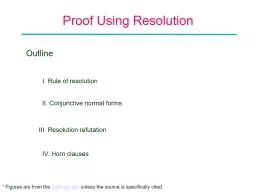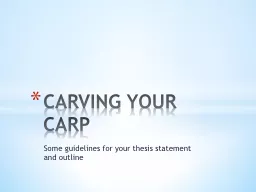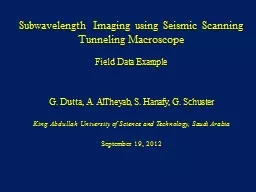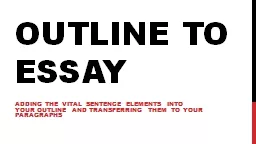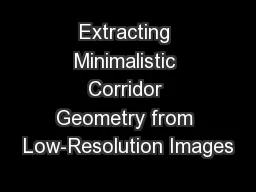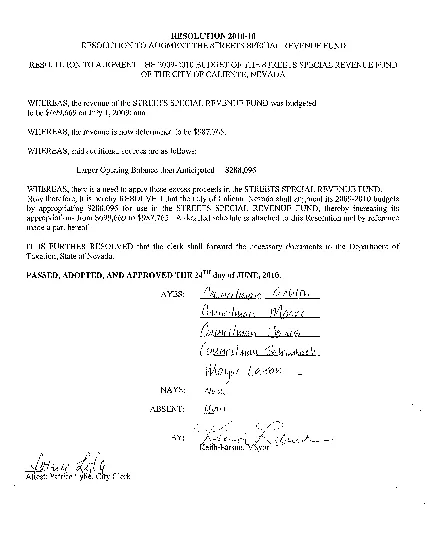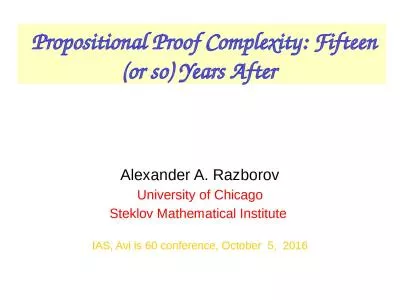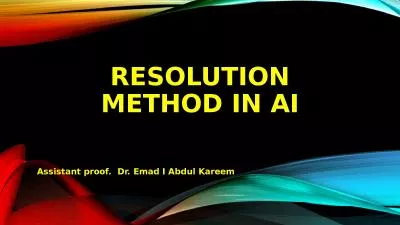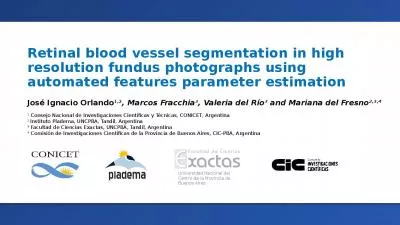PPT-Proof Using Resolution Outline
Author : SchoolDaze | Published Date : 2022-07-27
I Rule of resolution III Resolution refutation Figures are from the textbook site unless the source is specifically cited IV Horn clauses II Conjunctive normal
Presentation Embed Code
Download Presentation
Download Presentation The PPT/PDF document "Proof Using Resolution Outline" is the property of its rightful owner. Permission is granted to download and print the materials on this website for personal, non-commercial use only, and to display it on your personal computer provided you do not modify the materials and that you retain all copyright notices contained in the materials. By downloading content from our website, you accept the terms of this agreement.
Proof Using Resolution Outline: Transcript
Download Rules Of Document
"Proof Using Resolution Outline"The content belongs to its owner. You may download and print it for personal use, without modification, and keep all copyright notices. By downloading, you agree to these terms.
Related Documents

